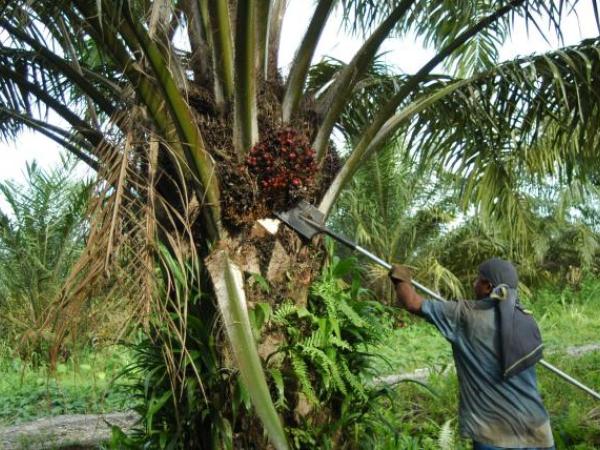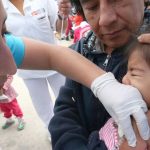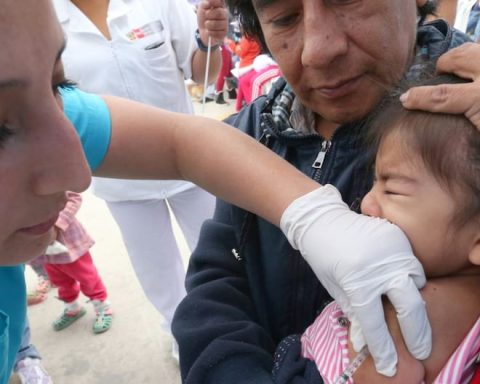Among the Colombian lands, there is a crop that represents at least 6,800 producers. In the central, north, east and south-west areas of the country are located palm crops that have at least 499,364 hectares of production and 595,722 hectares planted.
(Palm oil sales up 36% in the first quarter.)
As of August, the palm sector has been on the rise in terms of production and exports, according to Nicolás Pérez, president of Fedepalma, the figures this year have been very positive, compared to those of 2021. “We have produced 1.2 million tons of palm oil, this is 1% more than in the first eight months of last year, and in terms of exports the figures are even more positive”said the president.
With figures from the sector, the evolution of monthly production of palm oil indicates that for the center of the country in August, 48,700 tons were achieved, while in the northern zone production reached 29,800 tons.
In turn, in eastern Colombia, the tons reached 40,900 and for the south-west, 4,700 tons of palm oil were estimated.
According to the president of Fedepalmathe eastern zone with the departments of Meta, Casanare and Vichada, is one of the largest in the country and covers almost half of the production with 280,000 hectares of palm, it also indicates that the second largest zone is the central one that concentrates at Valle and Magdalena Medio, with departments such as Santander, Sur del Cesar, Sur de Bolívar and a part of Boyacá with at least 180,000 hectares of crops.
(Is there a risk of fertilizer shortages in Colombia?).
Regarding exports, Pérez assures that prices have been higher than in the previous year, showing that with a lag of one month, cut to July, the palm sector has exported US$650 million.
“It is almost the same as what we export in value in 2021, we are sure that we are going to be the third category in agricultural exports after coffee and flowers and above bananas”, he claimed.
Bloomberg
In terms of sales, the president of Fedepalma stated that 70% of what is produced remains for local consumption, in products such as toothpaste, soaps, detergents, food products, liquid oil for preparations, among others. Another of the large segments is the production of biodiesel, “It should be remembered that 10% of the fuel purchased at service stations is palm oil biodiesel,” Perez finished.
Of the 6,800 producers who are linked to the association, at least 85% are small-scale producers, who have between 10 and 12 hectares of palm, since this number of hectares is what a family needs to progress through the palm, not to survive.
In the same way, the leader of the palmeros assures that since Fedepalma Estimates have been made on what can be earned in periods of normal prices, which corresponds to the order of 3.5 minimum wages of monthly net income.
“That is a fairly stable and significant income for a family and that is why we are not surprised that the majority of small-scale producers have a cultivation area very close to that.”
(Palmers spoke about opportunities for high oleic palm oil).
In terms of the budget for agriculture, the president assures that it is important that the execution of these be allocated, in addition to the priorities already established by the ministry, in things that transversally benefit the countryside, “We normally call these public goods, the agricultural sector has many difficulties in maintaining the competitiveness of its activities due to issues such as connectivity, tertiary roads, irrigation districts and technology transfer to producers”he indicated.
international conference
Next week, the palm sector will hold the International Conference on Palm and Oil organized by Fedepalma and Cenipalma. In its 20th edition to be held in the city of Cartagena, the guild hopes to position Colombia as a leader in the industry in America.
“We are going to have an attendance of more than 2,200 people, of those attendees at least 700 come from outside Colombia from countries such as Venezuela, Peru, Ecuador, Mexico, Brazil, the United States and of course a high participation of palm growers from the Colombian agribusiness ”, Nicolas Pérez stated for Portfolio.
The conference will be financed with the resources of the federation.
DIANA K. RODRIGUEZ T.
















